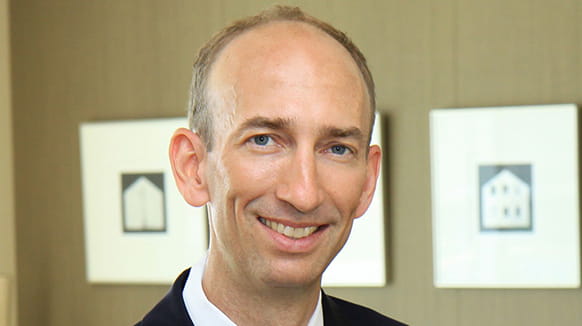Russ Emerson, a partner in Haynes Boone’s Intellectual Property practice group, was quoted in an article in BioWorld. Here is an excerpt:
Acquisitions in the diagnostics space incurs some interesting liabilities, given recent case law regarding subject matter eligibility, but this is not the only trap door for the acquiring company. Roche Diagnostics Corp., of Indianapolis, managed to avoid an induced patent infringement charge by Meso Scale Diagnostics LLC in a recent hearing at the U.S. Court of Appeals for the Federal Circuit in connection with Roche’s 2007 acquisition of Bioveris Corp. Nonetheless, Meso prevailed on the direct infringement charge even though Roche believed that its acquisition of Bioveris gave it unfettered access to the suite of patents held by Bioveris, including patents obtained by Bioveris when it acquired Igen International. …
Russ Emerson, a partner in the Dallas office of Haynes Boone, told BioWorld that the district court’s November 2020 opinion seemed to suggest that the court believed that Roche’s impression that it had full rights to the ’939 patent was reasonable. All the same, the district court determined that this conclusion was incorrect.
Emerson said one of the factors that may have led to the rejection of the charge of willful infringement was that Meso had failed to mention the ’939 patent in a 10-K filing in March 2007. Ergo, Roche “had a reasonable case that their interpretation of the contract was correct,” he said, adding that the Federal Circuit made the point that an inducement charge requires that the allegation be backed by evidence of a specific intent to infringe, which Meso was unable to provide. There was also the 2004 statement regarding Roche’s agreement with Igen, which at the very least did not hinder Roche’s argument that it had not intentionally infringed on any of the patents in question.
Another interesting element to this case is that the district court appeared to ignore a Federal Circuit precedent from 1985 regarding the time limits for induced infringement for two of the patents in question. Emerson said the district court relied on the continuing impact doctrine to find willfully induced infringement, but that the Federal Circuit was of the view that little support for that theory had been advanced in earlier proceedings.
Emerson said this case boils down to a question of contract interpretation, but that the results to date suggest that a reasonable interpretation of the contract could have gone either way. “It’s tough to say, ‘write a better contract’ because you can say that in just about any contract,” he remarked.
While the jury’s determination of $137 million in damages might strike some as the oft-cited case of a layperson’s understanding of damages, Emerson said it is possible that the district court could land in a similar final figure, despite that the Federal Circuit seemed to suggest that it saw some problems with the jury’s apportionment of damages between infringing and non-infringing features.
To read the full article, click here.
